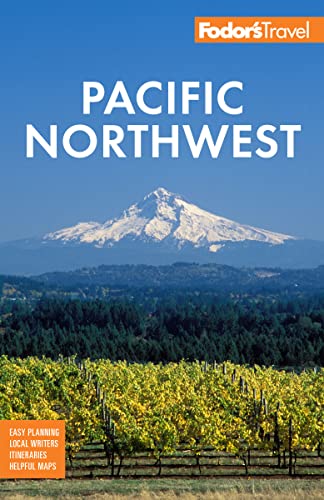Whidbey is a blend of low pastoral hills, evergreen and oak forests, meadows of wildflowers (including some endemic species), sandy beaches, and dramatic bluffs with a few pockets of unfortunate suburban sprawl. It's a great place for a scenic drive, viewing sunsets over the water, taking ridge hikes that give you uninterrupted views of the Strait of Juan de Fuca, walking along miles of rugged seaweed-strewn beaches, and for boating or kayaking along the protected shorelines of Saratoga Passage, Holmes Harbor, Penn Cove, and Skagit Bay.
The best beaches are on the west side, where wooded and wildflower-bedecked bluffs drop steeply to sand or surf—which can cover the beaches at high tide and can be unexpectedly rough on this exposed shore. Both beaches and bluffs have great views of the shipping lanes and the Olympic Mountains. Maxwelton Beach, with its sand, driftwood, and amazing sunsets, is popular with the locals. Possession Point includes a park and a beach, but it's best known for its popular boat launch. West of Coupeville, Ft. Ebey State Park has a sandy spread and an incredible bluff trail; West Beach is a stormy patch north of the fort with mounds of driftwood. At 35 miles long, Whidbey’s island vibe is split between north and south; the historic southern and central towns of Langley and Coupeville are quaint and offer the most to do; Clinton (near the ferry terminal) isn’t much of a destination, nor is the sprawling Navy town of Oak Harbor farther north. Yet Deception Pass at the island’s northern tip offers the most jaw-dropping splendor, so plan enough time to visit both ends of the island. One fun way to see it all is to arrive via the Clinton ferry and drive back to Seattle via Deception Pass, or vice versa.






